Discover 11 hidden attractions, cool sights, and unusual things to do in Bad Honnef (Germany). Don't miss out on these must-see attractions: Ruine Löwenburg, Church of the Redeemer, and Rolandsbogen. Also, be sure to include Sankt Mariae Heimsuchung in your itinerary.
Below, you can find the list of the most amazing places you should visit in Bad Honnef (North Rhine-Westphalia).
Table of Contents
Ruine Löwenburg
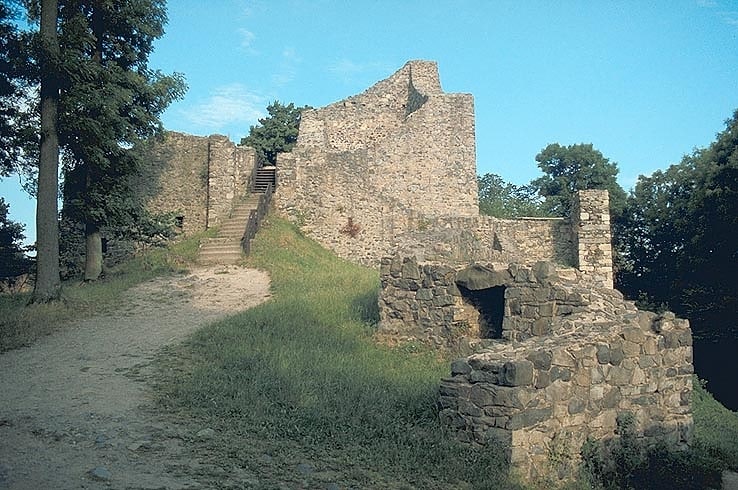
The Löwenburg is the ruin of a medieval hilltop castle on the 455 m high mountain of the same name in the Siebengebirge. It belongs to the urban area of Bad Honnef in the Rhine-Sieg district of North Rhine-Westphalia. Due to the exposed location of the ruin with a view over the Rhine valley near Bonn and the front Westerwald, it is one of the most popular hiking destinations in the Siebengebirge. The castle ruins are listed as a ground monument.
Address: An der Löwenburg, 53604 Bad Honnef
Church of the Redeemer
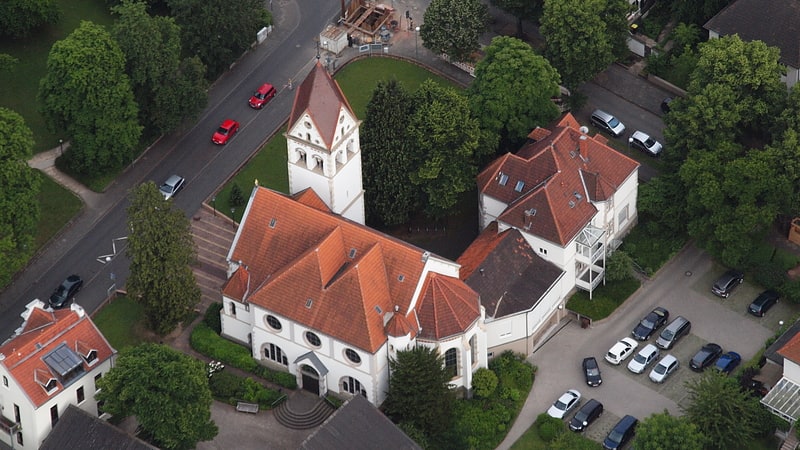
The Church of the Redeemer is the Protestant parish church of Bad Honnef, a town in the Rhine-Sieg district of North Rhine-Westphalia. It was built in 1899/1900. The church is located on Luisenstraße in the western part of the city center. It is listed as an architectural monument.
Address: 13 Luisenstraße, Bad Honnef
Rolandsbogen
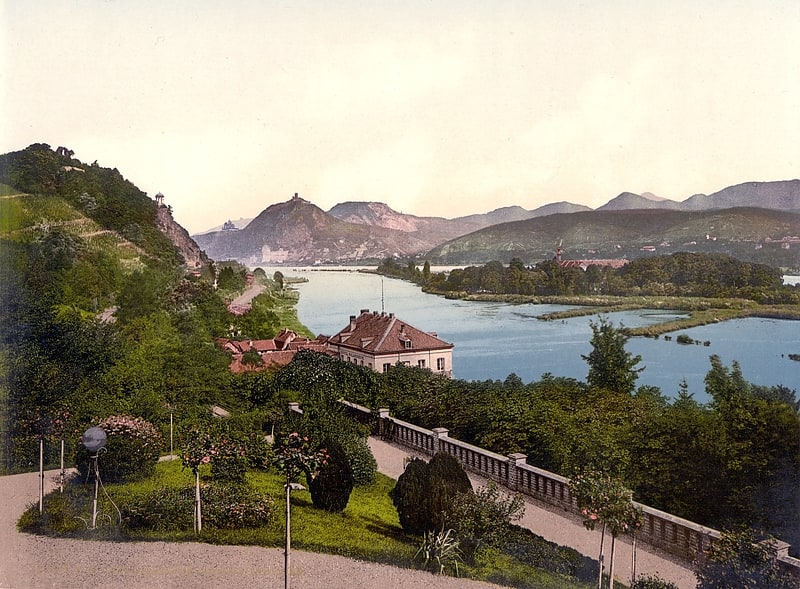
Rolandseck Castle in the Rolandswerth district of Remagen was a hilltop castle on the Rhine whose preserved ruins are called Rolandsbogen. In 1040 it was first mentioned as Rulcheseck. The castle was built in 1122 by Archbishop Friedrich I of Cologne together with the Nonnenwerth convent. Possibly a predecessor building existed since 1040.
The ruins of Rolandseck Castle (Burg Rulcheseck) are located below the Rodderberg on a 155.2 m above sea level basalt rock above the Middle Rhine Valley, exactly at its last left Rhine narrows before the gradual expansion into the Lower Rhine Bay, and served together with the almost directly opposite castles Drachenfels and Wolkenburg to secure the southern border of the closed territory of the Archbishopric of Cologne in the 12th century. In the 14th century the old name changed into the present one.
Destroyed in 1475 in the Burgundian War, it was rebuilt and severely damaged by the Swedes in the Thirty Years' War around 1632 and fell into ruin. This collapsed on February 19, 1673 during an earthquake except for one last castle window, the so-called Rolandsbogen.
A Middle High German version of the Roland saga is based on the castle, according to which the knight Roland comes from here and leaves behind a grieving Hildegunde from Drachenfels, who then enters the Nonnenwerth monastery - despite the fact that the Roland figure, as a vassal of Charlemagne, is to be located in the 8th century, a good 300 years before the castle and monastery were built.
Sankt Mariae Heimsuchung
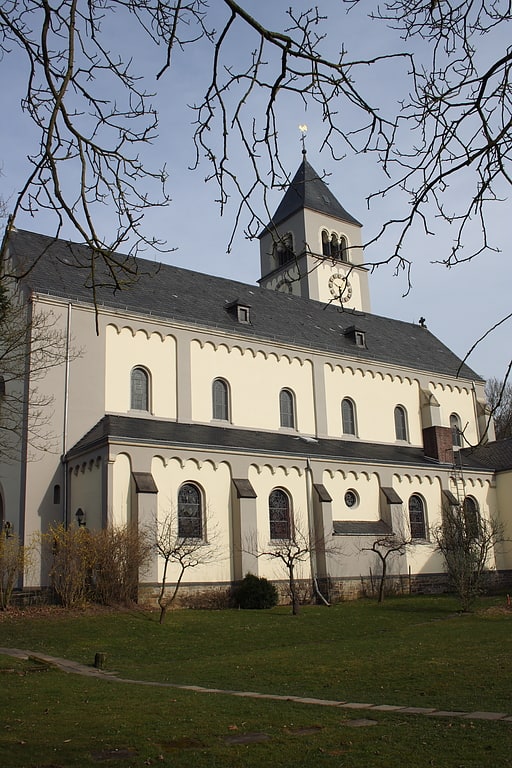
The Roman Catholic parish church of St. Mary's Visitation in Rhöndorf, a district of Bad Honnef in the Rhein-Sieg district, was built from 1903 to 1905. The church in neo-Romanesque style is located at Frankenweg 125 opposite the park of the house in the tower. Today it belongs to the Catholic parish association of Bad Honnef in the Bad Honnef/Unkel mission area.
Address: 125 Frankenweg, Bad Honnef
Sankt Johann Baptist
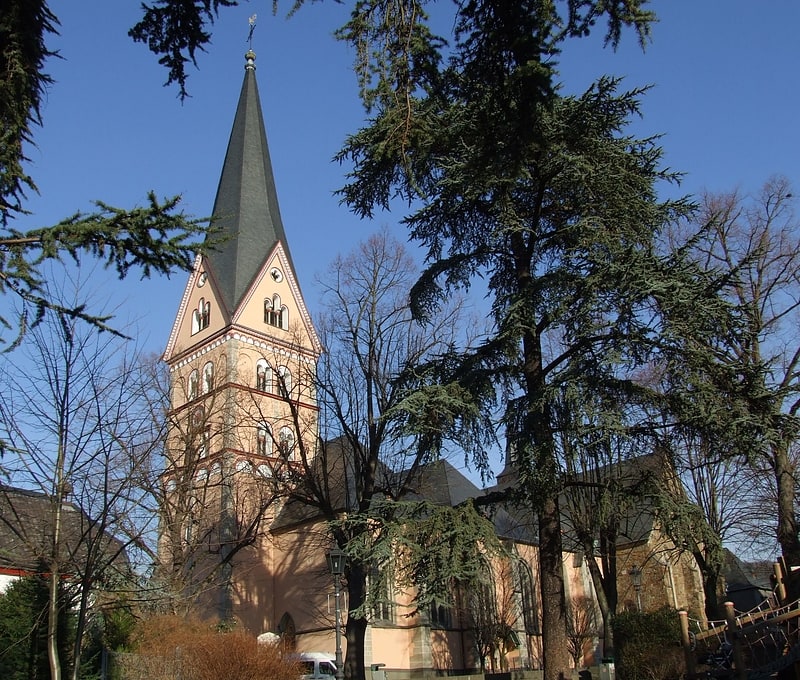
The parish church of St. Johann Baptist is a Roman Catholic church in Bad Honnef in the Rhine-Sieg district of North Rhine-Westphalia. It is located northwest of the town hall at the market and church square in the center of the city. The church has been a listed building since 1988. The parish of the same name, St. John Baptist, forms the parish association of Bad Honnef in the Archdiocese of Cologne with seven other parishes.
Address: Kirchstraße 2, Bad Honnef
Rathaus Bad Honnef
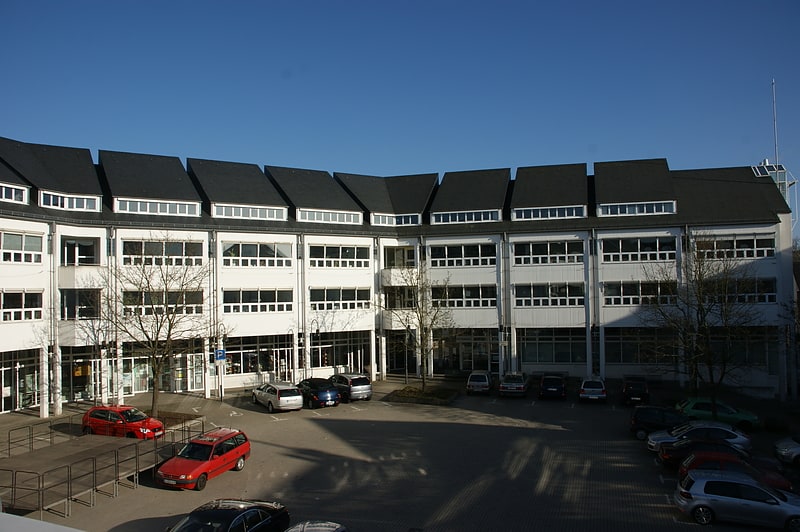
The town hall of Bad Honnef, a town in the Rhein-Sieg district of North Rhine-Westphalia, was built from 1979 to 1983. It was built according to a design by architect Joachim Schürmann.
Address: Lohmarstraße 2, 53604 Bad Honnef
Österreicher Kreuz
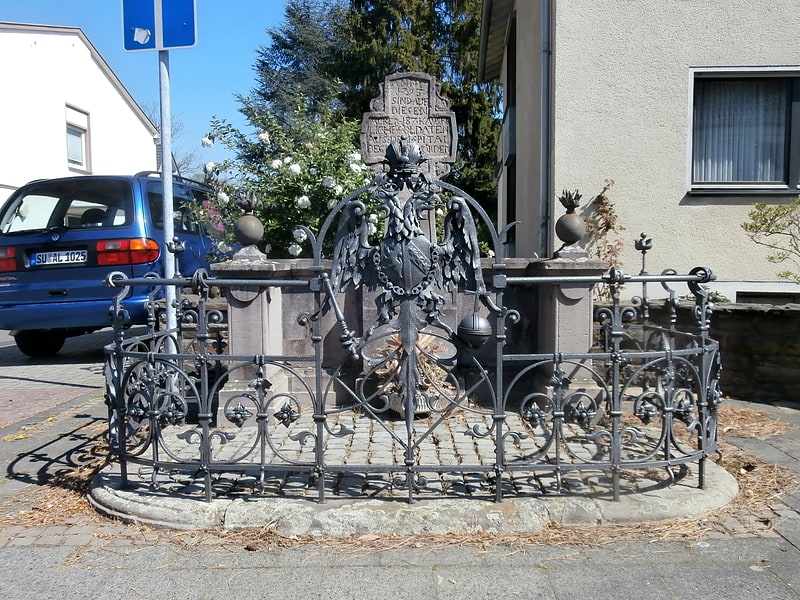
The Austrian Cross in Bad Honnef, a town in the Rhein-Sieg district of North Rhine-Westphalia, is the oldest surviving gravesite in the town. It is located on the street Am Wolfshof corner Am Schönblick. The monument is listed as an architectural monument.
After their defeat in the First Coalition War against revolutionary France (1792), 187 Austrian soldiers had died of hospital fever in Honnef in 1793 as a result of their retreat. They were buried on a field at the later Selhoferstraße (today Am Wolfshof) near the later municipal cemetery (today Alter Friedhof). To mark the burial ground a simple stone cross in baroque style with inscription was erected in the same year, which last stood directly at the path in the hedge of a garden. Due to its location, it was exposed to damage by carts. For this reason, between 1892 and 1895, the cross was rebuilt after the efforts of a manufacturer from Düren: after the owner of the garden ceded a few square meters of his land to the municipality, the latter had the cross placed on a substructure of house stone and enclosed it with a wrought-iron grille. Emperor Franz Joseph I paid most of the costs of the new installation and arranged for the Habsburg double-headed eagle to be incorporated into the lattice. On April 21, 1895, a ceremony was held to inaugurate the monument in the presence of a representative of the Austrian government.
A renovation of the monument took place between 1983 and 1985. The entry in the monument list of the city of Bad Honnef took place on October 13, 1993.
Heimatdichter Franzjosef Schneider
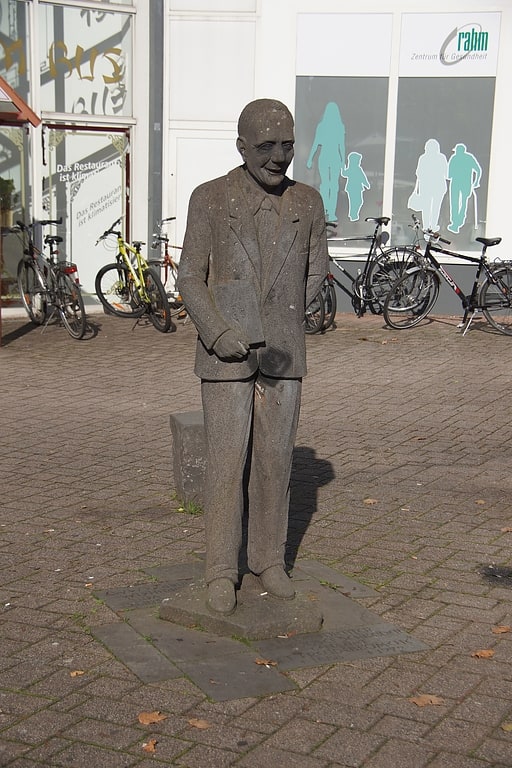
Franzjosef Schneider was a German regional poet who devoted most of his works to his hometown of Bad Honnef.
Parkresidenz Bad Honnef
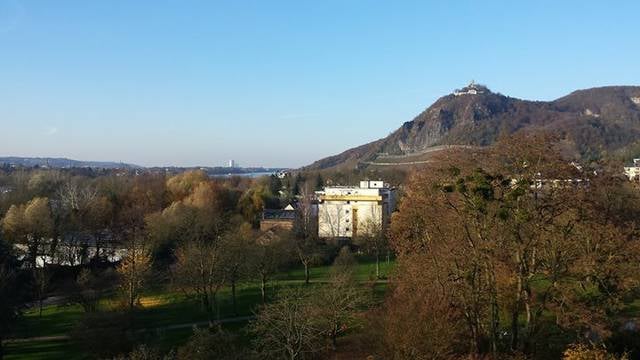
Restaurant, Eat and drink, Lunch, Dinner
Address: Am Spitzenbach 2, Bad Honnef
Löwendenkmal
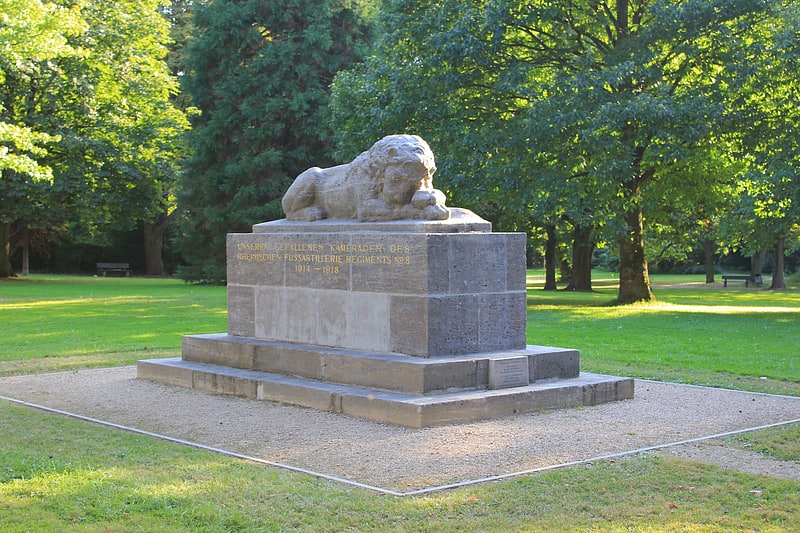
The Lion Monument in Bad Honnef, a town in the Rhine-Sieg district of North Rhine-Westphalia, is the memorial to those who died in World War I of the Rhenish Foot Artillery Regiment No. 8. It is located in the town garden on Alexander-von-Humboldt-Strasse. The war memorial is listed as a historical monument.
Alter Friedhof
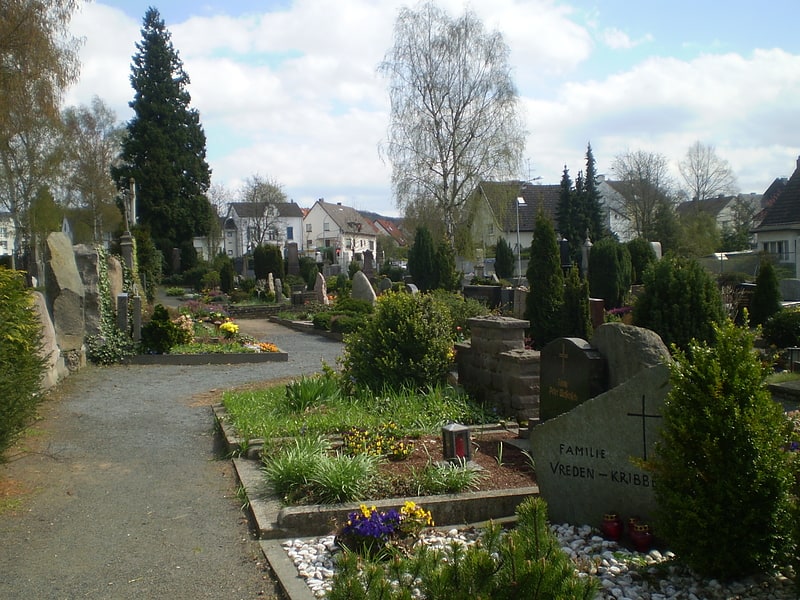
The Old Cemetery in Bad Honnef, a town in the Rhine-Sieg district of North Rhine-Westphalia, dates back to 1831. It is listed as an architectural monument.